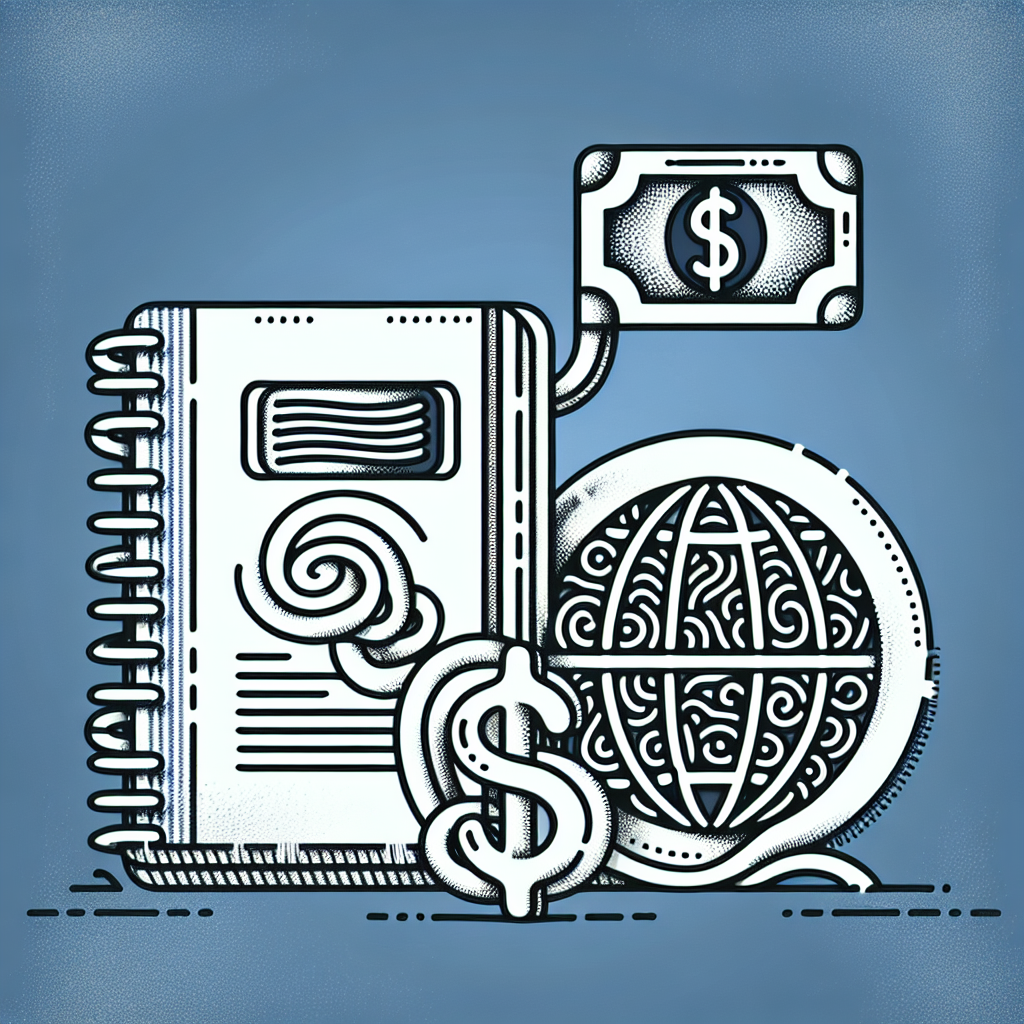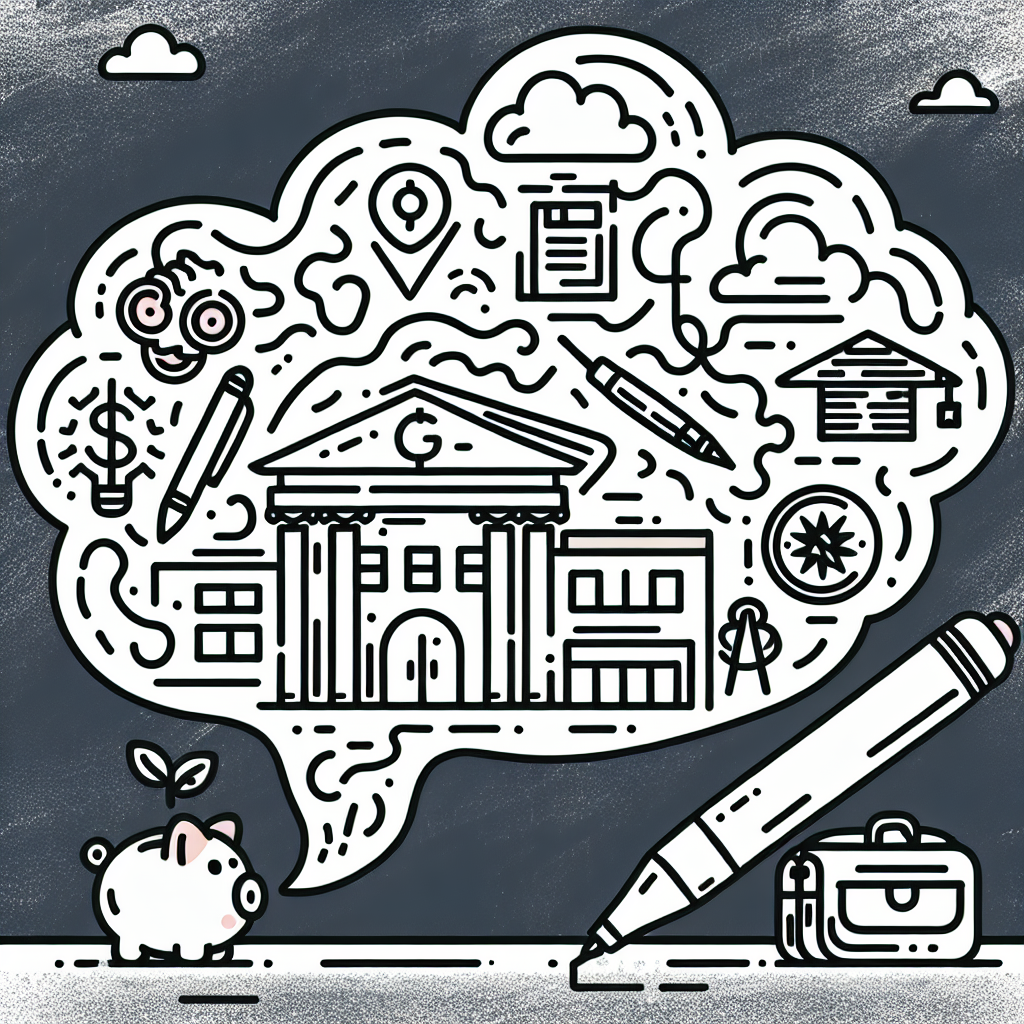Understanding the Waitlist Decision
What is a Waitlist?
When asking what does it mean to be waitlisted, it's important to understand that being placed on a waitlist is not the same as being accepted or rejected. Instead, it means that a college or university considers you a strong candidate but cannot offer you admission at the current time. Admission may become possible later if space opens up in the incoming class.
Waitlisting is a tool colleges use to manage enrollment. Because they cannot predict exactly how many accepted students will choose to enroll, waitlists provide a backup option. If fewer students accept admission than expected, the school may turn to the waitlist to fill the remaining seats.
Why Colleges Use Waitlists
Colleges use waitlists primarily to deal with uncertainty around student yield—the percentage of admitted students who accept their offer. By maintaining a waitlist, institutions can ensure they meet their enrollment targets without over-admitting. This helps maintain class size, balance demographic representation, and control financial aid budgets.
The use of waitlists has grown over time. Nearly 45% of four-year colleges now use waitlists, a significant increase from 32% in 2002 (Inside Higher Ed). This trend reflects the increasing competitiveness of college admissions and institutions' need for flexibility in managing enrollment outcomes.

📊 The Numbers Behind Waitlists
Understanding what it means to be waitlisted includes looking at the numbers. Nationally, about 20% of students who choose to remain on a college waitlist are eventually admitted, according to the College Board.
However, these odds can vary drastically depending on the institution. A study by College Kickstart found that while the overall admission rate from waitlists was 19%, a significant 62% of the sampled colleges admitted 10% or fewer of their waitlisted applicants (CollegeData).
Highly selective colleges often use waitlists as a strategic tool, but actually admit very few students from them. For example, the University of Pennsylvania placed 3,535 applicants on the waitlist for the Class of 2022 but admitted only 9 (Wikipedia). These figures highlight how being waitlisted at a selective school may offer less opportunity than it appears.

International Students and Financial Aid
When considering what does it mean to be waitlisted, international students often wonder how this impacts their chances of receiving financial aid. Being admitted off a waitlist does not automatically disqualify international students from financial assistance. However, the availability of financial aid depends largely on whether the institution offers aid to international applicants in the first place.
Some U.S. colleges and universities do provide need-based or merit-based financial aid to international students, even if they are admitted from the waitlist. Policies vary greatly between institutions, so it is important for students to research each school’s financial aid offerings. According to U.S. News, some schools reserve limited funding for international students and may still consider them for aid after a waitlist decision.
Understanding what does it mean to be waitlisted also includes recognizing that financial aid opportunities may be more limited at this stage. International students should contact admissions and financial aid offices directly to confirm their eligibility and available options if admitted from the waitlist.

What to Do If You’re Waitlisted
Understanding what it means to be waitlisted is only the beginning. If you find yourself on a college waitlist, there are clear steps you can take to stay competitive and increase your chances of admission.
Step 1: Decide Whether to Accept the Waitlist Offer
Being waitlisted does not mean you’re automatically in consideration. You must actively opt in to remain on the list. Only accept the waitlist spot if you’re genuinely interested in attending the school should a spot open up.
Step 2: Follow Instructions Carefully
Each institution has its own process for waitlisted applicants. Some may ask for updated materials, essays, or forms. Read all communications carefully and submit any required documents by the stated deadlines. Missing an instruction can eliminate your chance.
Step 3: Write a Letter of Continued Interest
A letter of continued interest is a good way to show the admissions office that the school remains your top choice. Clearly state your enthusiasm, reaffirm your commitment, and include any new academic or extracurricular achievements since your original application.
Step 4: Consider Other Offers
Since admission from the waitlist is uncertain, you should accept another college’s offer to ensure you have a place in the fall. If you are later admitted off the waitlist, you can choose to change your plans, though you may forfeit any deposits already made.
Step 5: Stay Engaged Academically
Even while on a waitlist, your academic performance still matters. Colleges may request final transcripts when making final waitlist decisions. Maintain strong grades to demonstrate continued academic success.
Navigating what it means to be waitlisted involves not only understanding your status but also taking proactive steps to stay in the running.

🤔 FAQs About Waitlists
Can I improve my chances?
Yes. If you're wondering what does it mean to be waitlisted, it also means you still have a chance of being admitted. You can improve your chances by sending a thoughtful letter of continued interest. This letter should reaffirm your enthusiasm for the school and include any significant updates, such as improved grades, recent awards, or new extracurricular achievements.
When will I hear back?
Most schools make waitlist decisions between May and July. This timing depends on how many accepted students decide to enroll. Being waitlisted means the school is waiting to see how many spots they have left before offering you admission.
Is it okay to contact the admissions office?
Yes, it’s acceptable to reach out, especially if the school encourages communication from waitlisted applicants. However, always follow the admissions office’s guidelines and be respectful. Over-communicating or ignoring instructions can hurt your chances.
Can I be on multiple waitlists?
Yes, you can be waitlisted at more than one school. Just be sure to keep track of each school’s deadlines and requirements. Managing communications and decisions carefully is key to making the most of multiple waitlist opportunities.

🔍 Behind the Scenes: How Colleges Use Waitlists
Understanding what it means to be waitlisted involves looking at the strategic role waitlists play in college admissions. Colleges use waitlists as a tool for managing enrollment efficiently and meeting institutional goals.
Strategic Enrollment Management
Colleges maintain waitlists to give themselves flexibility in shaping the incoming class. This includes balancing academic qualifications, geographic distribution, and demographic diversity. By selecting students from the waitlist, admissions offices can adjust the final composition of the class after seeing who accepts initial offers. This helps institutions meet specific enrollment targets while maintaining a diverse and well-rounded student body.
Yield Protection
Waitlists also serve as a safeguard against inaccurate yield predictions—the percentage of admitted students who choose to enroll. If fewer students accept admission offers than expected, colleges can turn to the waitlist to fill gaps. On the other hand, some schools may admit more students initially, anticipating a certain number will decline, and never use the waitlist at all. This makes understanding what it means to be waitlisted even more important for applicants.
Waitlist Transparency
Not all colleges are open about how they use their waitlists. Many do not disclose how many students are placed on the waitlist or how many are eventually offered admission. For clearer insight, students and families can consult a school’s Common Data Set, which often includes past waitlist statistics. This transparency—or lack thereof—can vary widely between institutions, making it essential to research each college individually.

📚 Key Resources and Data Sources
To better understand what it means to be waitlisted, there are several authoritative resources and data sources that provide valuable insights into college admissions practices and waitlist trends.
- The College Board outlines the statistical likelihood of being accepted from a waitlist. According to their data, acceptance rates vary widely depending on the institution, with some accepting only a small percentage of waitlisted applicants.
- CollegeData offers guidance on how to respond to a waitlist offer and what actions students can take to improve their chances, such as submitting additional materials or demonstrating continued interest.
- The Wikipedia page on College Admissions in the U.S. provides comprehensive background on the admissions process, including how waitlists are used by institutions to manage enrollment.
- U.S. News explores the impact of waitlisting on international students, noting that they may face additional uncertainties due to visa timelines and institutional priorities.
- Inside Higher Ed discusses debates among admissions leaders regarding the fairness and transparency of waitlist policies, shedding light on how institutional goals influence the use of waitlists.
These sources help clarify what it means to be waitlisted and provide a foundation for students and families to make informed decisions during the college admissions process.

Final Thoughts
Understanding what does it mean to be waitlisted is key to navigating this uncertain stage of the admissions process. While being waitlisted may feel discouraging, it’s important to recognize that it reflects your strength as an applicant. Schools reserve waitlist spots for candidates they believe are qualified and could be a good fit, depending on final enrollment numbers.
Rather than seeing it as a rejection, think of it as a signal that you're still in the running. Take this time to evaluate your options, consider submitting a letter of continued interest, and stay proactive about your other opportunities. By staying informed and maintaining perspective, you can make the most of your position on the waitlist while preparing for all possible outcomes.














